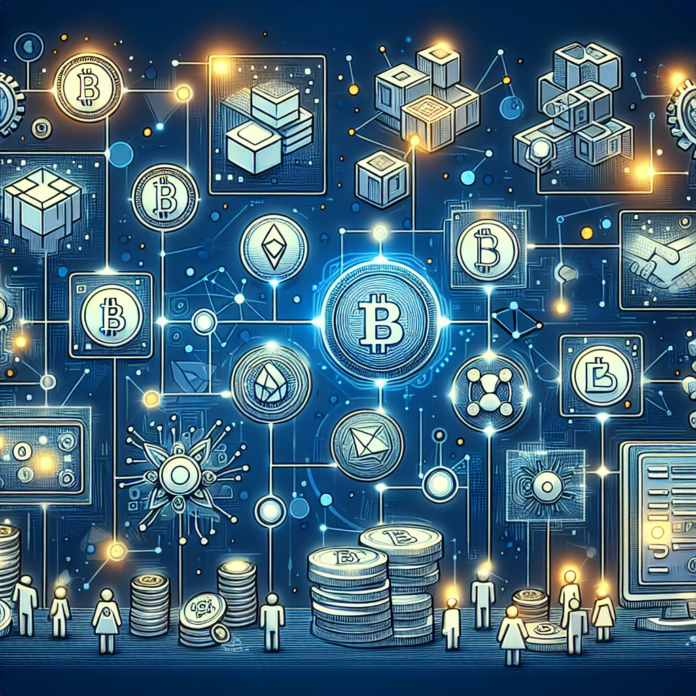In an era where financial transactions are rapidly moving online, the rise of Decentralized Finance, or DeFi, marks a significant shift in the way we think about banking and investments. DeFi offers a new financial system built on secure distributed ledgers, similar to those used by cryptocurrencies. It eliminates the need for traditional financial intermediaries, such as banks and brokers, allowing for direct peer-to-peer transactions. This comprehensive article explores the fundamentals of DeFi and its implications for the future of finance.
What is Decentralized Finance (DeFi)?
Decentralized Finance refers to a range of financial services that are available on public blockchains, primarily Ethereum. With DeFi, you can do most of the things banks support — earn interest, borrow, lend, buy insurance, trade derivatives, trade assets, and more — but it’s faster and doesn’t require paperwork or a third party. As all records are kept on a blockchain, the system is transparent, and transactions are secure and immutable.
Core Benefits of DeFi
DeFi’s key promise is to create a global, open alternative to every financial service you use today, accessible to anyone in the world with a smartphone and internet connection. Websites like DeFi Pulse provide a dashboard view of the top DeFi platforms and the amount of money locked into the DeFi ecosystem, offering insight into its growth and success.
How DeFi Works
Most DeFi applications are built on the Ethereum platform and utilize smart contracts to automate transactions and enforce agreements without the need for intermediaries. These applications are often referred to as ‘DApps’ (decentralized applications). An example of such a platform is MakerDAO, which allows users to lock in collateral in exchange for stablecoin loans.
Popular DeFi Services
Here are some of the most popular services within DeFi:
- Borrowing and Lending: Platforms like Aave allow users to lend out their cryptocurrency or take out loans themselves. Interest rates are typically better than traditional bank loans, and loans are instantly processed without credit checks.
- Stablecoins: DeFi has popularized the use of stablecoins like DAI. These are cryptocurrencies pegged to traditional currencies, minimizing the volatility typically associated with cryptocurrencies.
- Exchanges: Decentralized exchanges (DEXs) like Uniswap enable users to swap different cryptocurrencies without the need for a central authority to oversee the trades, often resulting in lower fees.
- Yield Farming and Liquidity Mining: This involves locking up cryptocurrencies to receive rewards. The rewards come from fees generated by the DeFi platform, or sometimes by distributing a new token.
The Risks Associated with DeFi
While DeFi opens up possibilities for financial inclusivity and innovation, there are notable risks, including smart contract vulnerabilities, market volatility, and regulatory uncertainty. It is important for anyone interested in using DeFi services to thoroughly research and understand the risks involved.
The Future of DeFi
DeFi’s potential remains largely untapped, but it is rapidly growing, as evidenced by the increasing amount of capital flowing into the space. It offers a future where financial services are accessible to all, free of censorship, and void of the traditional gatekeepers of finance. With its promise of increased accessibility and agency over personal finances, DeFi may be integral to the future of our financial systems.
DeFi continues to intrigue innovators, developers, and investors alike, signaling a potential paradigm shift in our approach to financial services. As the infrastructure becomes more robust and user-friendly, DeFi aims to become a reliable alternative to, and eventually merge with, traditional finance.




 AGF-B.CO
AGF-B.CO